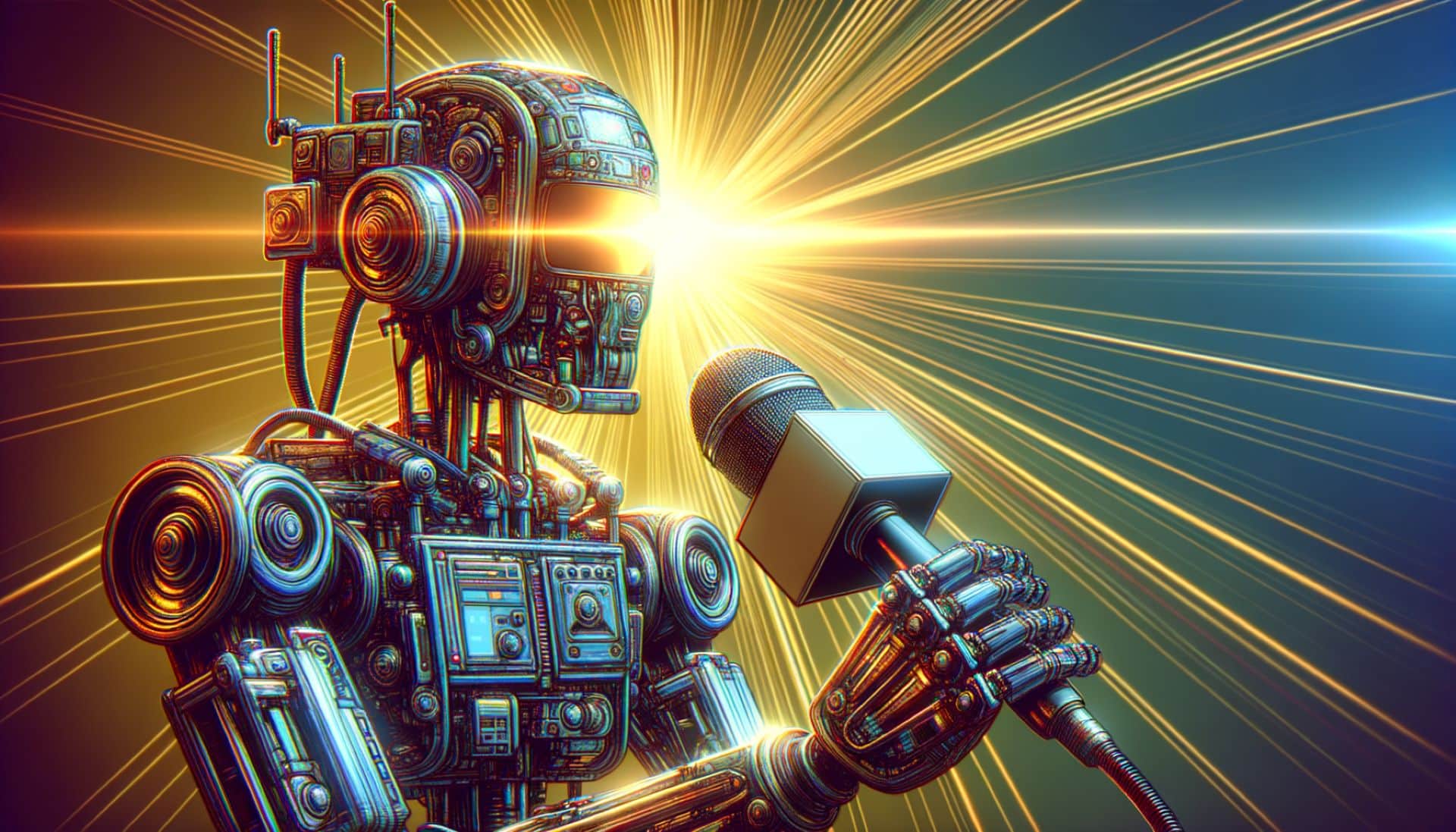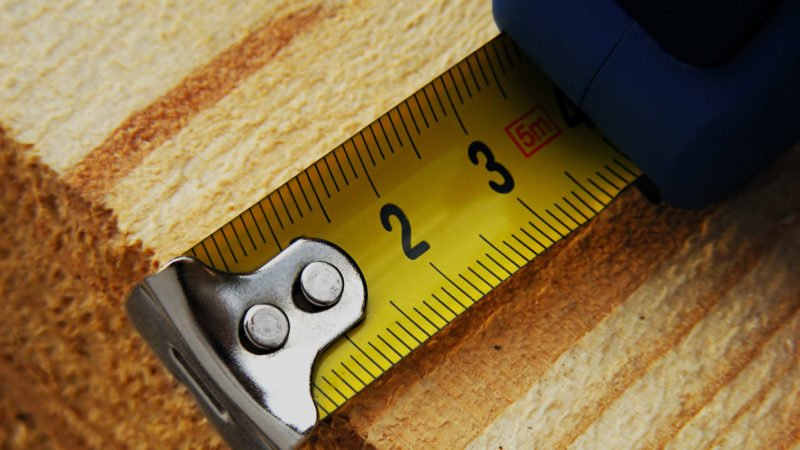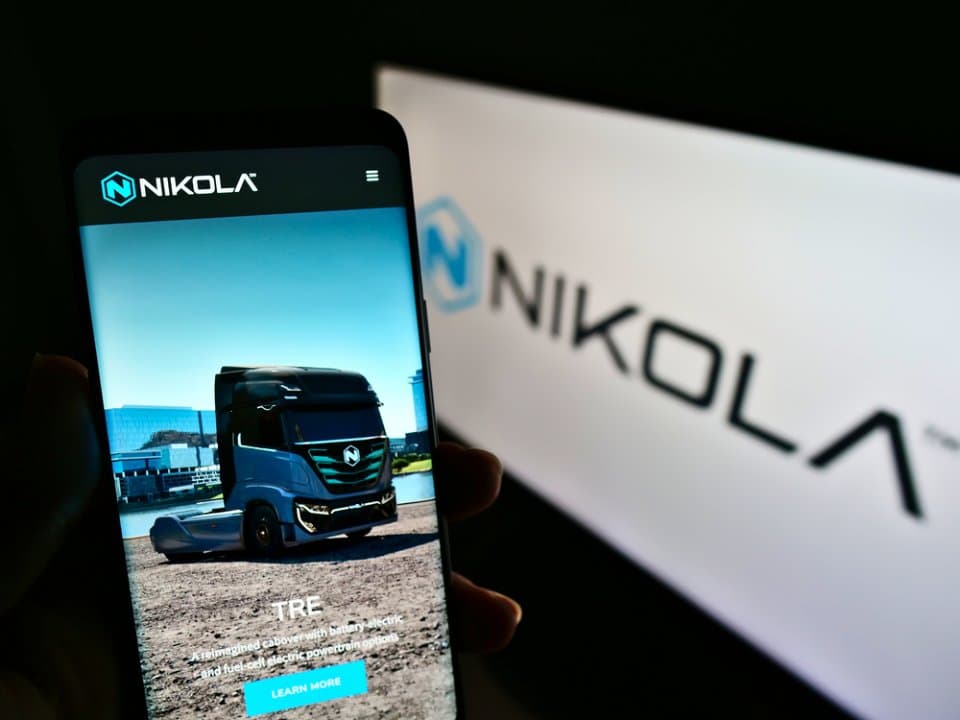
Computer vision provides robots with a sense of sight, allowing them to “see” and explore their surroundings. Deep learning and machine learning techniques allow for this to be done. Technology advancement and the digital revolution cannot exist without this potent technology, which the industry is rapidly adopting.
The foundation of computer vision is the instruction of computers to comprehend and interpret pixel-level pictures. In terms of technology, machines retrieve visual information, analyze it, and interpret the outcomes using complex software algorithms.
What is the Role of Computer Vision in AI?
Computer vision is the process of understanding pictures and movies as they appear in digital representations. In Machine Learning (ML) and AI, computer vision trains the model to recognize specific patterns and store information in its artificial memory, which may subsequently be used to forecast outcomes in real-world scenarios.
Several areas are adopting computer vision as an applied subject. It plays a crucial role in aiding machines to recognize many sorts of items in their natural surroundings, from machine learning to AI research.
Computer vision is the sole technology that allows AI-enabled devices an advantage to function effectively, from basic household duties to distinguishing human faces, detecting objects in autonomous cars, and engaging in combat with enemies.
The use of computer vision in artificial intelligence is expanding into new sectors, including manufacturing, robotics, agriculture, autonomous flying (such as drones), healthcare, and retail.
6 Key Applications of Computer Vision in AI
Computer vision is a branch of Artificial Intelligence that deals with visual data analysis. One of the most significant uses of AI nowadays is computer vision due to the growing accessibility of powerful computing resources, expansive datasets, and sophisticated algorithms.
Here are six applications of computer vision in AI:
- Object detection and Facial recognition:
One of the most popular uses of computer vision is object identification and facial recognition. The objective is to locate and recognize items in photos or movies. Object detection and recognition are helpful in various industries, including robotics, self-driving cars, and security. You Only Look Once (YOLO) is one of the most well-known methods for object detection and recognition that makes use of deep neural networks to identify items in real-time.
Medical image analysis, a rapidly expanding discipline, analyzes medical pictures like X-rays, MRI scans, and CT scans using computer vision algorithms. Diseases may be identified, therapies can be planned, and patient progress can be tracked using medical image analysis. For instance, medical image processing can spot malignant tumors in X-rays and abnormalities in the brain in MRI scans.
Autonomous vehicles are those that can operate and operate themselves without a driver. These cars depend on computer vision since it enables them to perceive and comprehend their surroundings. Road signs, obstructions, other cars, and people can be detected and identified using computer vision algorithms. Transportation, delivery, and agriculture are just a few of the applications for autonomous vehicles.
Through the use of AR technology, digital data can be superimposed on the physical world. Since it will make it possible to place and track digital objects in real-time, computer vision is a crucial component of augmented reality. Gaming, advertising, and education are just a few of the many applications of augmented reality. For instance, augmented reality can insert virtual characters into a real-world setting or overlay digital data onto a museum exhibit.
Computer vision algorithms can be used to detect unusual behavior, recognize individuals, and track movements. Computer vision is frequently used in video surveillance, which uses cameras to record and examine behavior in a space. Numerous uses for video surveillance exist, such as traffic monitoring, safety, and security.
Gesture recognition is a technique that allows computers to comprehend and react to human actions. Algorithms for computer vision can be used to decipher hand gestures, facial expressions, and body language. Numerous industries, including robotics, healthcare, and gaming, use gesture recognition. For instance, without using a keyboard or mouse, gesture recognition can control a robot or run a computer.
Wrap Up
In conclusion, computer vision is a rapidly evolving field with many important AI applications. Medical image analysis, a rapidly expanding discipline, analyzes medical pictures like X-rays, MRI scans, and CT scans using computer vision algorithms. Diseases may be identified, therapies can be planned, and patient progress can be tracked using medical image analysis. For instance, medical image processing can spot malignant tumors in X-rays and abnormalities in the brain in MRI scans.
For more technology-related updates, visit www.onpassive.com.






































































